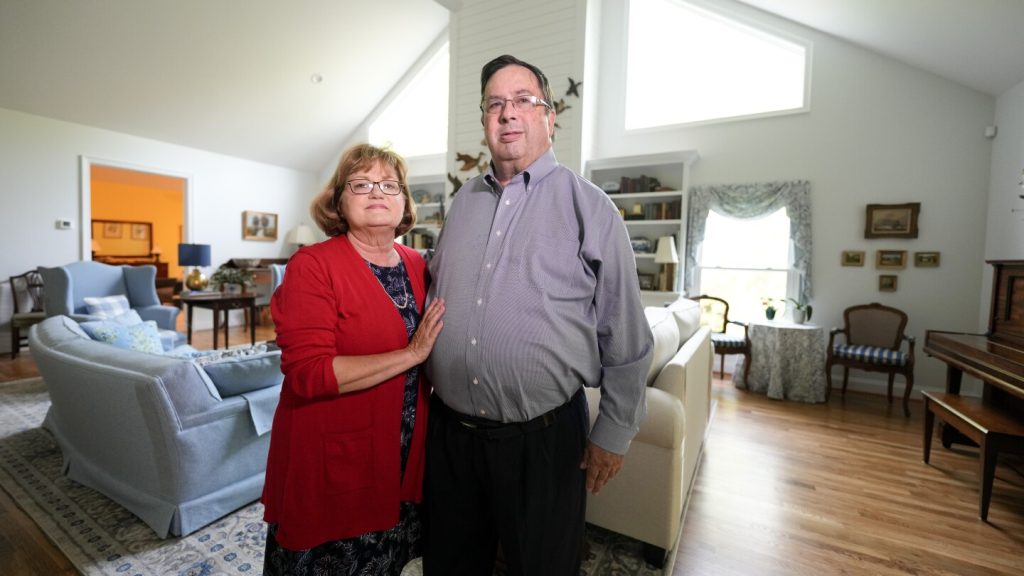A recent poll conducted by the Associated Press-NORC Center for Public Affairs Research found that a majority of adults over the age of 50 prefer to stay in their own homes as they age. However, the rising costs of housing, coupled with low mortgage rates, are making it difficult for older adults to make the decision to move. This has led to a surge in demand for home upgrades aimed at making residences more enjoyable and accessible for aging individuals. Home improvement chains like Home Depot and Lowe’s are responding to this demand by offering products such as grab bars, faucets, ramps, and taller toilets designed for older customers.
One example of this trend is Brenda Edwards, a 70-year-old retired nurse, who invested in retrofitting her house in Oakdale, California, spending $20,000 on an interior designer and an additional $95,000 on upgrades such as widening kitchen aisles and installing a walk-in steam shower. Edwards and her husband have chosen to invest in their current property rather than downsizing, citing financial reasons and an emotional attachment to their home. Wendy Glaister, an interior designer in Modesto, California, reports an increase in clients in their late 50s and early 60s looking to remodel their homes for the years ahead.
As the older adult population continues to grow, the need to age-proof properties will become more urgent. By 2034, people age 65 and older are projected to outnumber those under 18 for the first time in U.S. history. However, there is a clear divide between wealthier individuals who can afford home renovations and those with limited incomes who may struggle to make their homes safe and accessible. Jennifer Molinsky, director of the Housing an Aging Society program at Harvard University, emphasizes the importance of policymakers addressing the shortage of affordable housing options for older adults, especially those with limited financial resources.
Individuals like Cathie Perkins, a 79-year-old retired teacher with chronic fatigue syndrome, have had to rely on local non-profit organizations to make modifications to their homes. Perkins spent about $3,000 on changes including a walk-in shower and a higher toilet, as retirement facilities are financially out of reach for her. Amidst the growing market for age-friendly home upgrades, Nancy Berlinger, a senior research scholar at the Hastings Center in New York, encourages future renovators to embrace practical and accessible designs. As retailers respond to the cultural discomfort with aging, innovations like luxury bidet toilet seats and stylish accessibility features are becoming more mainstream in the home improvement industry.


